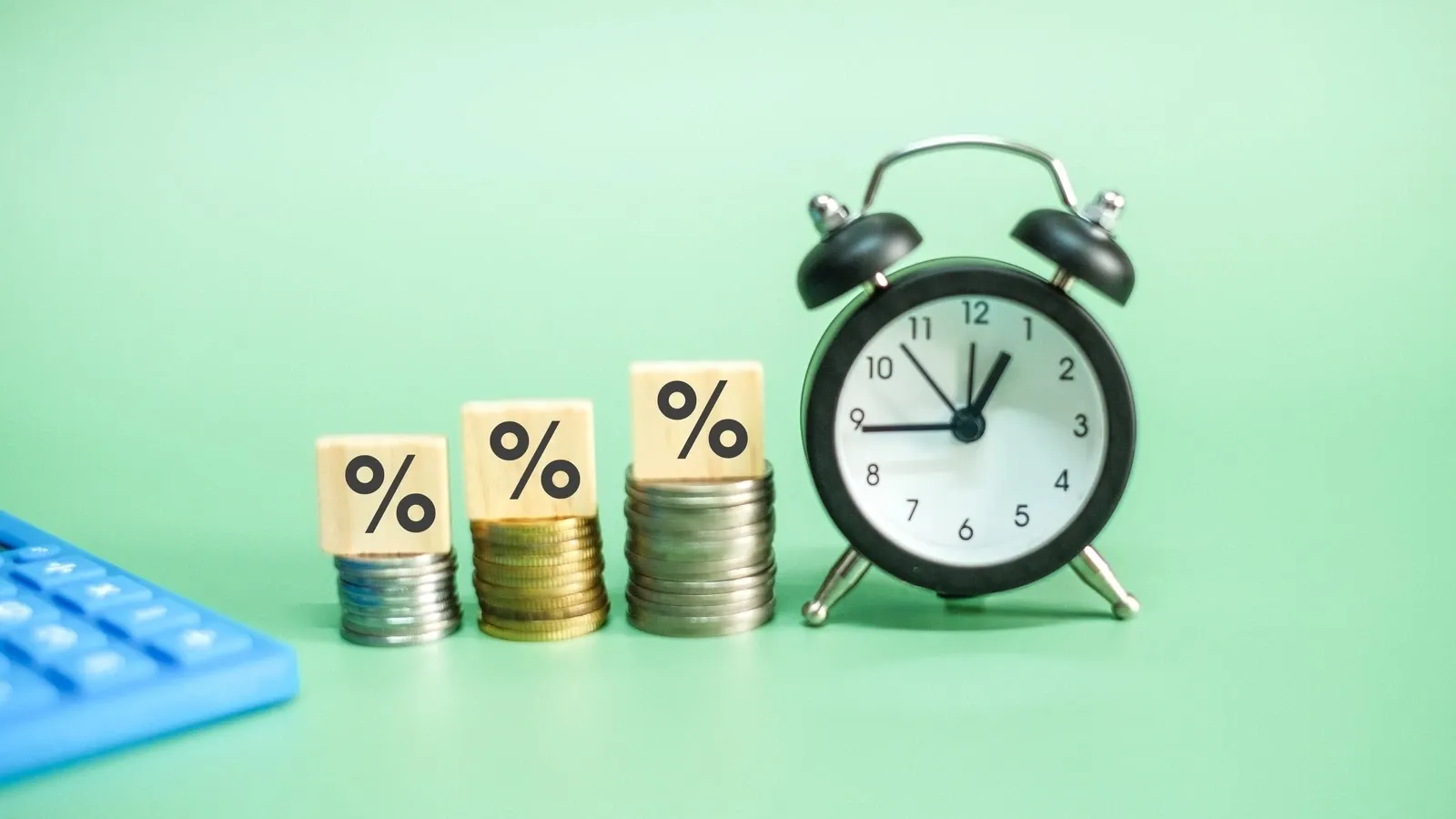What is Capital Asset Pricing Model: Assumptions, Formula, Explained, & Meaning
Written by Upstox Desk
Published on October 06, 2025 | 5 min read

Being an investor, you must have come across several financial models that help you assess your investment. One such tool is the capital asset pricing model that we will be discussing in this article. We will first look at what is the capital asset pricing model. Then we will look at the capital asset pricing model formula, an example of CAPM, capital asset pricing model assumptions, the role of beta in CAPM, and finally, the advantages and disadvantages of CAPM. Let's begin!
Capital Asset Pricing Model (CAPM)
The Capital Asset Pricing Model determines the value of a security, or CAPM, based on the expected return concerning the risk investors accept when purchasing that instrument. This financial model establishes a linear link between the needed return on investment and risk.
Both systematic and unsystematic risks must be understood to assess the capital asset price model. Systematic risks are widespread worries related to all forms of investing. Recessions, rising inflation, war, and other occurrences are a few systematic risks. On the other hand, unsystematic risks are specific risks associated with purchasing a particular stock or equity. As a result, the market as a whole does not consider unsystematic risks as threats. By predicting potential hazards linked with particular investments, CAPM focuses primarily on systematic risks related to securities.
Formula For CAPM
The CAPM formula is provided by -
Ra = Rf + Be x (Rm-Rf)
These are the different elements of this equation: -
- Ra = Expected dividend of investment
An investment's "expected return" is a long-term projection of how it will perform for its whole existence.
- Rf = Risk-free rate
The risk-free rate, denoted by the notation "RFR," corresponds to the yield on a US government bond with a maturity of ten years. The bond's maturity should coincide with the investment's time horizon, and the risk-free rate should be appropriate for the nation where the investment is being made.
- Be = Beta = The transaction's underlying transaction
A stock, asset, or investment's beta measures its risk. The beta is a numerical indicator of the stock's price volatility in relation to the market.
- (Rm-Rf) = Current Market Risk Premium
A return above and beyond the risk-free rate is needed to reward investors for choosing to invest in a riskier asset class. This additional return is known as the market risk premium.
Example Of CAPM
Consider a stock that only transacts on the New York Stock Exchange (NYSE), as several components of this formula are affected by exchange rates and the risk of overseas investments. Our hypothetical stock has a beta of 1.75, making it extremely volatile and potentially more profitable. The risk-free rate is currently 3.4% based on returns on 10-year US Treasury bonds. For stocks traded in the US, the average market risk premium is 7.5%.
Using the CAPM equation, we have the following:
Ra = 3.4% (risk-free rate) + (1.75 (beta) x 7.5% (risk premium))
Our expected rate of return is: 16.5%
Capital Asset Pricing Model Assumptions
The CAPM model bases its predictions on the following assumptions:
- Investors are given the same amount of time to assess the information.
- Investments can be broken up into countless shapes and sizes.
- By nature, all investors are risk-averse.
- Risk and reward are correlated linearly.
- Taxes, inflation, and transaction costs do not exist.
- At the risk-free rate of return, limitless capital is available for borrowing.
Role Of Beta In CAPM
A potential investment's beta measures the risk an investment will bring to a portfolio that resembles the market. According to the formula, a stock will lessen a portfolio's risk if its beta value is less than one. A stock's beta value will be higher than one if it is riskier than the market as a whole.
Beta is included in CAPM. It compares a certain security's volatility to the overall volatility of the stock market. Consider how a share's value rises and falls in perfect synchrony with the stock market to better understand this.
If a stock's beta is 1.3, then a 10% gain in the market will result in a 13% increase in stock prices. A stock with a negative beta (for instance, 0.4) indicates that stock prices will increase by 4% when the market grows by 10%.
To compute the compensation an investor would receive for taking on more risk, you must add and calculate the risk premium.
The Advantages Of CAPM-
- It solely takes into account systematic risk, reflecting that most investors have diversified portfolios in which unsystematic risk has been completely removed.
- The needed return and systematic risk have a theoretically determined relationship that has frequently been empirically investigated and tested using the CAPM method.
- Since it expressly considers a company's level of systematic risk in relation to the entire stock market, it is widely regarded as a much superior approach to determining the cost of equity than the dividend growth model (DGM).
The Drawbacks Of CAPM-
- First, certain questionable assumptions are made by CAPM. For instance, the formula is only valid if we believe that the market is dominated by rational individuals who only consider investment returns when making decisions.
- CAPM exclusively uses historical data. The use of historical data is a problem with a lot of financial models and one that is quite difficult to solve. The previous price fluctuations of a stock are ultimately insufficient to assess the overall risk of an investment according to the capital asset pricing model.
Conclusion-
Even though there have been more criticisms of the CAPM recently, research has demonstrated that it is resilient to criticism. The CAPM continues to be a very helpful instrument in the financial management toolset until something better comes.
About Author
Upstox Desk
Upstox Desk
Team of expert writers dedicated to providing insightful and comprehensive coverage on stock markets, economic trends, commodities, business developments, and personal finance. With a passion for delivering valuable information, the team strives to keep readers informed about the latest trends and developments in the financial world.
Read more from UpstoxUpstox is a leading Indian financial services company that offers online trading and investment services in stocks, commodities, currencies, mutual funds, and more. Founded in 2009 and headquartered in Mumbai, Upstox is backed by prominent investors including Ratan Tata, Tiger Global, and Kalaari Capital. It operates under RKSV Securities and is registered with SEBI, NSE, BSE, and other regulatory bodies, ensuring secure and compliant trading experiences.

























